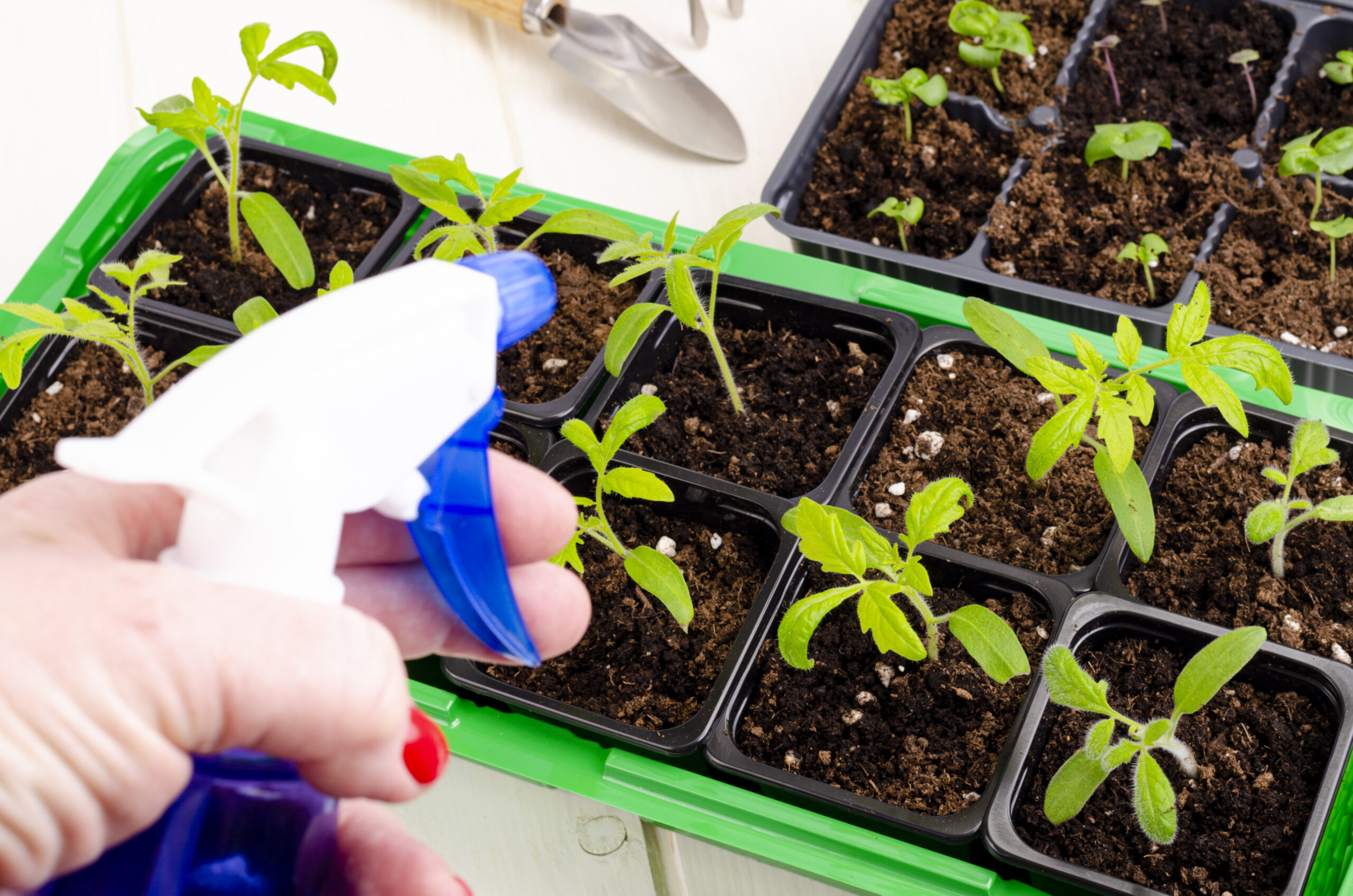Test Your Soil’s pH at Home with This Easy DIY Method! 🌱👩🌾
Soil pH plays a key role in plant health, affecting how nutrients are absorbed. Here’s a simple way to check your soil’s pH using household items!
How to Test Your Soil pH:
✅ 1. Collect Soil Samples
Gather small amounts of soil from different parts of your garden. Mix them together for a well-rounded sample.
✅ 2. Prepare for Testing
Divide your soil sample into two separate containers.
✅ 3. Baking Soda Test (for Acidity)
Add a teaspoon of baking soda to one container and mix it with a little water.
✅ 4. Vinegar Test (for Alkalinity)
Pour a small amount of white vinegar into the second container.
✅ 5. Observe the Reactions:
➡️ If the baking soda mixture bubbles, your soil is acidic (low pH).
➡️ If the vinegar mixture bubbles, your soil is alkaline (high pH).
✅ 6. Interpreting Your Results:
➡️ No bubbling in either test? Your soil is likely neutral (pH around 7).
➡️ This test gives a general idea but isn’t 100% precise. For exact readings, use a pH test kit or send a sample to a lab.
Why Soil pH Matters:
🌱 Acidic Soil (Low pH) – Can limit nutrients like calcium and magnesium.
🌱 Alkaline Soil (High pH) – Reduces the availability of essential micronutrients like iron and zinc.
🌱 Neutral Soil (pH 6.5-7) – Ideal for most plants, ensuring balanced nutrient uptake.
Try this quick test and get to know your soil better! 🌿

